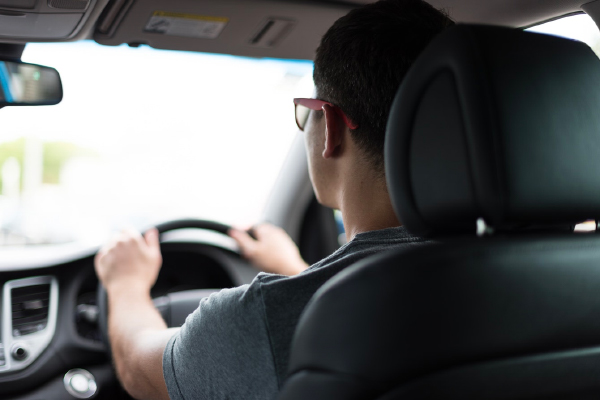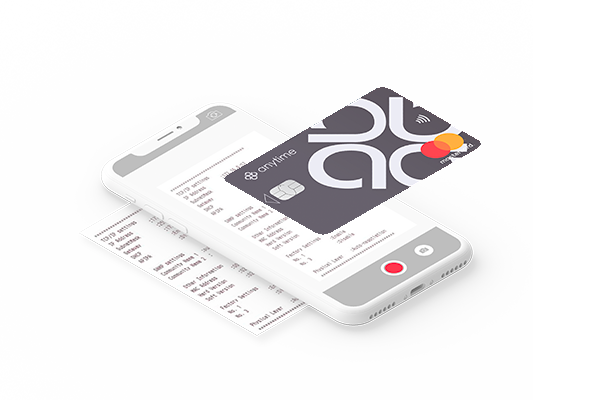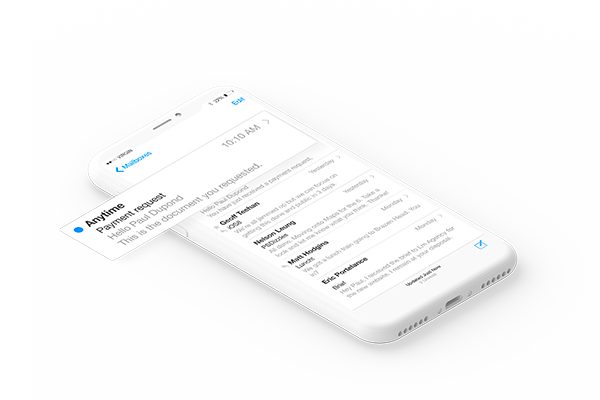Au cours de déplacements professionnels, on entend souvent parler d’indemnités kilométriques. Ce mode de remboursement forfaitaire prend en charge les frais supportés par un collaborateur qui doit se déplacer pour des raisons professionnelles. Néanmoins, les conditions pour en bénéficier sont nombreuses. Informez-vous sur tout ce que vous devez connaître sur le remboursement des frais kilométriques.

Quand s’appliquent les indemnités kilométriques ?
Les salariés comme les dirigeants d’une entreprise peuvent prétendre au remboursement des frais engagés lors d’un déplacement professionnel effectué avec leur véhicule personnel.
En principe, l’indemnisation n’est possible que si le véhicule utilisé appartient au salarié, à son conjoint ou à un membre de son foyer fiscal. Il existe toutefois 2 exceptions à cette règle : + le salarié loue un véhicule par ses propres moyens pour effectuer son déplacement. + il utilise un véhicule mis à disposition par l’entreprise, mais dont l’intégralité des frais d’entretien est à sa charge.
Dans le cadre d’un covoiturage avec un collègue de travail, il n’est bien entendu pas possible de cumuler les indemnités kilométriques. En principe, seul celui qui utilise son véhicule sera remboursé, et ce même si les frais sont partagés.
Que couvrent t-elles ?
À quoi correspondent les indemnités kilométriques ?
Les indemnités kilométriques ne sont pas uniquement destinées à couvrir les dépenses de carburant, mais tous les frais inhérents à l’utilisation d’un véhicule : + l’entretien + l’usure des pneus et du véhicule dans sa globalité + l’assurance auto
Les frais de déplacement supplémentaires tels que les péages et parkings ne sont pas pris en charge par les indemnités kilométriques. Ces deux postes de dépenses doivent donc faire l’objet d’une note de frais complémentaire pour être remboursés.
Quels sont les trajets concernés ?
Les remboursements de frais kilométriques couvrent les dépenses engagées pour le trajet entre le lieu de travail habituel et le lieu de la mission. Ils ne prennent donc pas en charge la distance entre le domicile du salarié et l’entreprise.
Toutefois, si le demandeur est dans l’obligation d’utiliser son véhicule pour aller travailler et qu’il peut le justifier, le trajet entre son domicile et son lieu de travail pourra être pris en charge. C’est notamment le cas s’il réside dans une zone rurale où les transports en commun sont peu développés.
Comment fonctionne le remboursement des frais ?
Présentation des justificatifs
Même s’il s’agit d’un mode de remboursement au forfait, il est tout de même essentiel de présenter certains justificatifs pour espérer obtenir un remboursement : + le motif du déplacement + la date + les adresses de départ et d’arrivée ainsi que la distance en kilomètres + une copie du certificat d’immatriculation (carte grise) du véhicule pour attester de sa puissance fiscale
Astuce : pour connaître la distance parcourue, vous pouvez utiliser les sites de calcul d’itinéraires. Certains vous permettent même d’entrer le montant de vos indemnités kilométriques et vous font tous les calculs.
Barème d’indemnités
L’administration fiscale établit chaque année un barème d’indemnités kilométriques. Celui-ci présente le montant minimum que l’entreprise doit verser au salarié en fonction de la typologie de son véhicule et du nombre de kilomètres parcourus.
Il s’agit des plafonds d’indemnités qui ne sont pas soumis aux cotisations sociales. L’entreprise reste libre de fixer des montants d’indemnisations supérieurs. Le barème établi par l’administration fiscale est conçu de façon à vous permettre d’identifier clairement l’utilisation des véhicules concernés.
Les indemnités kilométriques ne sont pas valable que pour les voitures !
Remboursement des frais kilométriques à vélo
Si vous aimez vous rendre au travail à vélo, vous avez, depuis 2016, la possibilité de percevoir des indemnités kilométriques. À ce jour, cette indemnité « IK vélo » n’est pas obligatoire pour l’employeur, qui peut donc décider par lui-même de la mettre en place ou non.
Quel que soit le type de vélo, qu’il soit électrique ou non, le barème d’indemnités est le même pour tout le monde, à savoir 0,25 €/kilomètre pour l’année 2018.
L’IK vélo présente l’avantage d’être valable pour les trajets domicile-travail si vous êtes en mesure de justifier de la nécessité de vous en servir pour rejoindre votre entreprise, par exemple après avoir pris les transports en commun.
Cette indemnité est exonérée de cotisations sociales dans la limite de 200 € par an et par salarié. Elle peut également être cumulée avec une indemnité de transports en commun.
Remboursement des frais kilométriques en covoiturage
Si aucune solution d’indemnisation n’est encore mise en place pour les salariés qui se déplacent en covoiturage, il ne fait aucun doute que la situation tend à évoluer. En effet, depuis début 2018 et l’entrée ne vigueur de la Loi Transition énergétique, les entreprises de plus de 100 salariés situées en zone urbaine doivent obligatoirement mettre en place des plans de mobilité visant à encourager les modes de transports alternatifs, dont le covoiturage. À ce jour, les frais peuvent donc être partagés, mais pas les indemnités.
Si la gestion des frais kilométriques semble simple, cela reste pourtant une tâche fastidieuse et chronophage, autant pour le salarié qui effectue sa demande que pour le service comptabilité qui est en charge de tout vérifier et corriger. La mise en place d’une solution simple et fiable pour la gestion des notes de frais telle que l’offre pro Anytime est une clé pour gagner du temps au quotidien.








